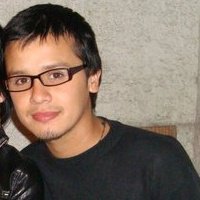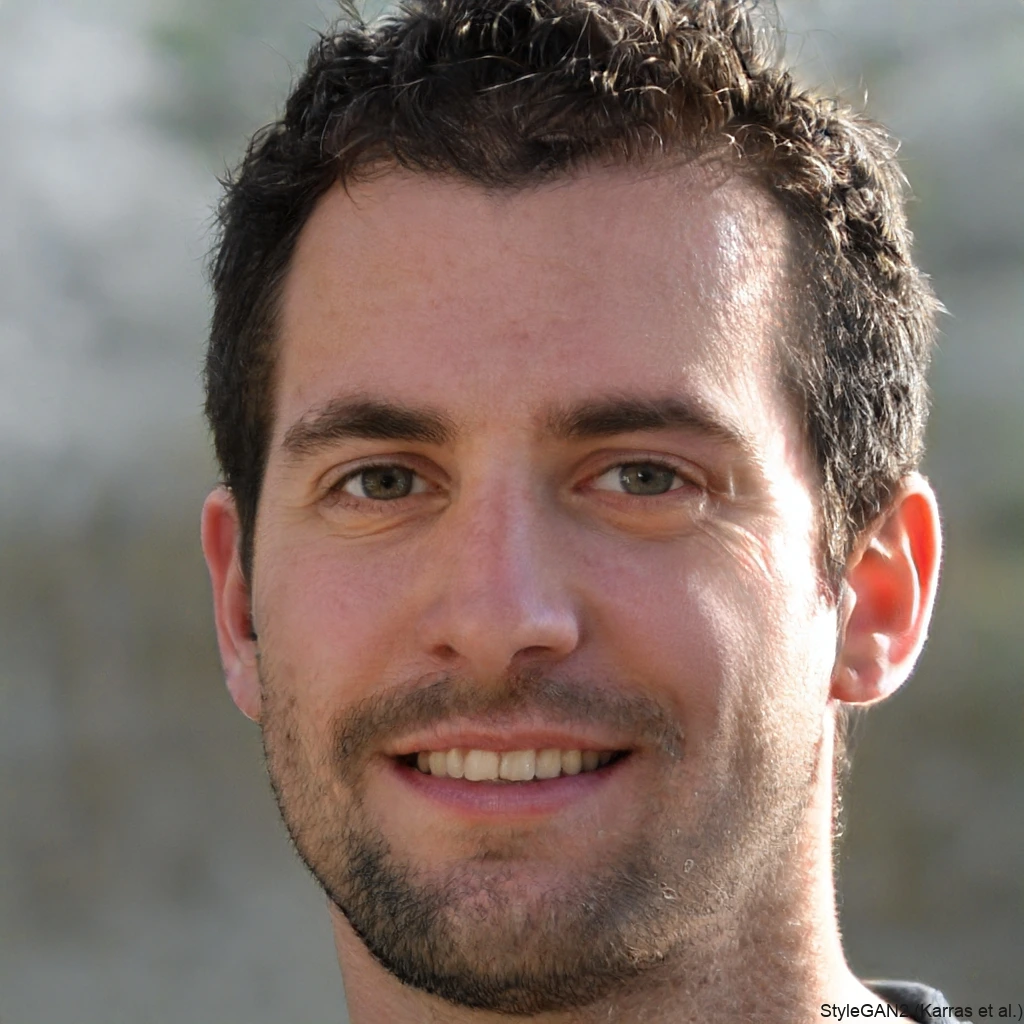
Daniel Zamudio
A Young Man with Dreams
Daniel Zamudio was born on August 3, 1987, in Chile. He was the second child in a family of four, and like many young people, he had dreams that stretched beyond his current circumstances. At 17, Daniel came out as gay to his family—a brave step in a country where LGBTQ+ acceptance was still emerging from the shadows of conservative tradition.
Those who knew Daniel described him as a regular guy who loved parties and was obsessed with Britney Spears. He lived with his mother and grandmother, working at a clothing store while harboring dreams of finishing his studies, saving money, and perhaps pursuing modeling. Despite being gay in a society that often rejected people like him, Daniel held onto one particularly touching dream: he wanted to become a father someday.
This was a young man living his life, working toward his goals, and trying to find his place in the world—just like any other 24-year-old.
The Night That Changed Everything
March 2, 2012, started like any other day for Daniel. He went to work at his usual hours, from 2:00 PM to 7:00 PM. After work, he headed to a local internet café, where he stayed until 10:00 PM. It was the last time anyone would see him alive and well.
In the early morning hours of March 3, a security guard at San Borja Park made a discovery that would horrify Chile and the world. Daniel was found in a catastrophic state, so severely injured that he couldn't be identified immediately. He was rushed to a nearby hospital, but his condition was beyond devastating.
The medical report reads like something from a nightmare: severe traumatic brain injury, open fractures of his left tibia and fibula, aspiration pneumonia, multiple blunt and sharp trauma to his face, chest, back, and limbs. But perhaps most chilling of all were the cigarette burns covering his body and the swastika-shaped cuts carved into his chest and back. Daniel had to be placed in an induced coma.
The Perpetrators: A Study in Violence
The four men responsible for this heinous crime were Alejandro Áxel Angulo Tapia (26), Patricio Iván Ahumada Garay (25), Raúl Alfonso López Fuentes (25), and Fabián Alexis Mora Mora (19). Their backgrounds paint a disturbing picture of escalating violence and a justice system that failed to protect society from repeat offenders.
During the investigation, the details that emerged were stomach-turning. According to testimonies, the group had encountered Daniel sleeping in the park. López claimed he kicked Daniel repeatedly in the head and legs while making derogatory comments about his sexual orientation. As Daniel lay bleeding and unconscious, Angulo broke a bottle over his head, and Ahumada used the broken neck of the bottle to carve swastikas into Daniel's body.
The violence escalated when Angulo picked up a heavy stone and repeatedly threw it at Daniel's stomach and head. Then Mora joined in, throwing the stone at Daniel's legs until, according to their own testimony, his bones cracked "like chicken bones." After this prolonged torture, they simply left him to die.
A System That Failed
Perhaps most disturbing is how the justice system had repeatedly failed to protect society from these individuals. Of the four perpetrators, only Mora had no prior criminal record. Angulo had been detained twice for robbery, López for unspecified violent acts, but Ahumada's record was the most extensive and alarming.
Ahumada had nine detentions since age 16, starting when he was caught with a baseball bat modified with nails. His record included robberies, knife violence, and threats, culminating in a five-year prison sentence for a brutal armed robbery. Incredibly, he had been released just a week before Daniel's murder as part of a weekend release program, despite two psychological evaluations that recommended against his release.
This wasn't just a hate crime—it was a preventable tragedy that highlighted serious flaws in Chile's criminal justice system.
A Nation's Awakening
Daniel's family wasn't notified of his condition until 2:00 AM on Sunday, and the news they received was devastating. Even if he survived, doctors warned he would suffer permanent brain damage. After nearly a month of struggle and pain, Daniel died on March 27, 2012.
The brutality of Daniel's murder and the clear anti-LGBTQ+ motivation behind it sparked nationwide outrage. Chileans were forced to confront the ugly reality of homophobic violence in their society. The case became a turning point in the country's relationship with its LGBTQ+ community.
What made the public reaction even more intense was learning that the perpetrators showed no remorse. Angulo's sister recalled how he boasted about "beating a faggot and breaking his legs." Physical evidence, including blood traces on a purse Angulo was carrying, confirmed their involvement in the crime.
Justice and Its Limitations
The legal proceedings that followed delivered mixed results. Ahumada received a life sentence, Angulo and López each received 15 years, and Mora received seven years, which he completed in 2016.
However, the case took a disturbing turn years later when Mora, after his release, appeared on a television program where he showed no remorse for his actions. In a particularly cruel twist, the show's producers decided to confront Daniel's father with his son's killer. During this confrontation, Mora contradicted his trial testimony, claiming he had left before the worst violence occurred and even suggesting that Daniel had somehow provoked the attack.
"The truth is, I punched his son, but it was because he groped me," Mora claimed, adding, "I went to jail unjustly; I only punched him, that was my crime. I didn't do anything else."
These claims stood in stark contrast to the evidence presented at trial, yet Mora remains free today.
A Legacy of Change
Despite the pain of Daniel's loss and the frustrations with the justice system, his death was not in vain. The national outrage over his murder became the catalyst for Chile's groundbreaking anti-discrimination law, officially known as the Zamudio Law.
This legislation specifically prohibits discrimination based on sexual orientation and gender identity, providing legal protections that didn't exist when Daniel was alive. It represents a fundamental shift in how Chile approaches LGBTQ+ rights and has paved the way for further advances in equality.
The law stands as Daniel's lasting legacy—proof that even in death, his life had meaning and that his suffering contributed to protecting others from similar fate.
Remembering Daniel
Today, Daniel Zamudio's name is synonymous with the fight against homophobia in Chile. His story serves as a powerful reminder of the work that still needs to be done to create a world where people can live authentically without fear of violence.
Daniel was more than just a victim—he was a son, a friend, a young man with dreams who loved Britney Spears and hoped to become a father someday. He was someone who worked hard, lived with family he loved, and was simply trying to make his way in the world.
His story forces us to confront uncomfortable truths about prejudice, violence, and the failures of justice systems to protect the most vulnerable members of society. But it also shows us the power of collective outrage channeled into positive change.
Sources
http://movilh.cl/documentacion/Daniel_Zamudio_Informe_Movilh_1013.pdf
https://www.24horas.cl/nacional/homicidio-de-zamudio-el-antes-y-despues-de-un-caso-historico-908560
